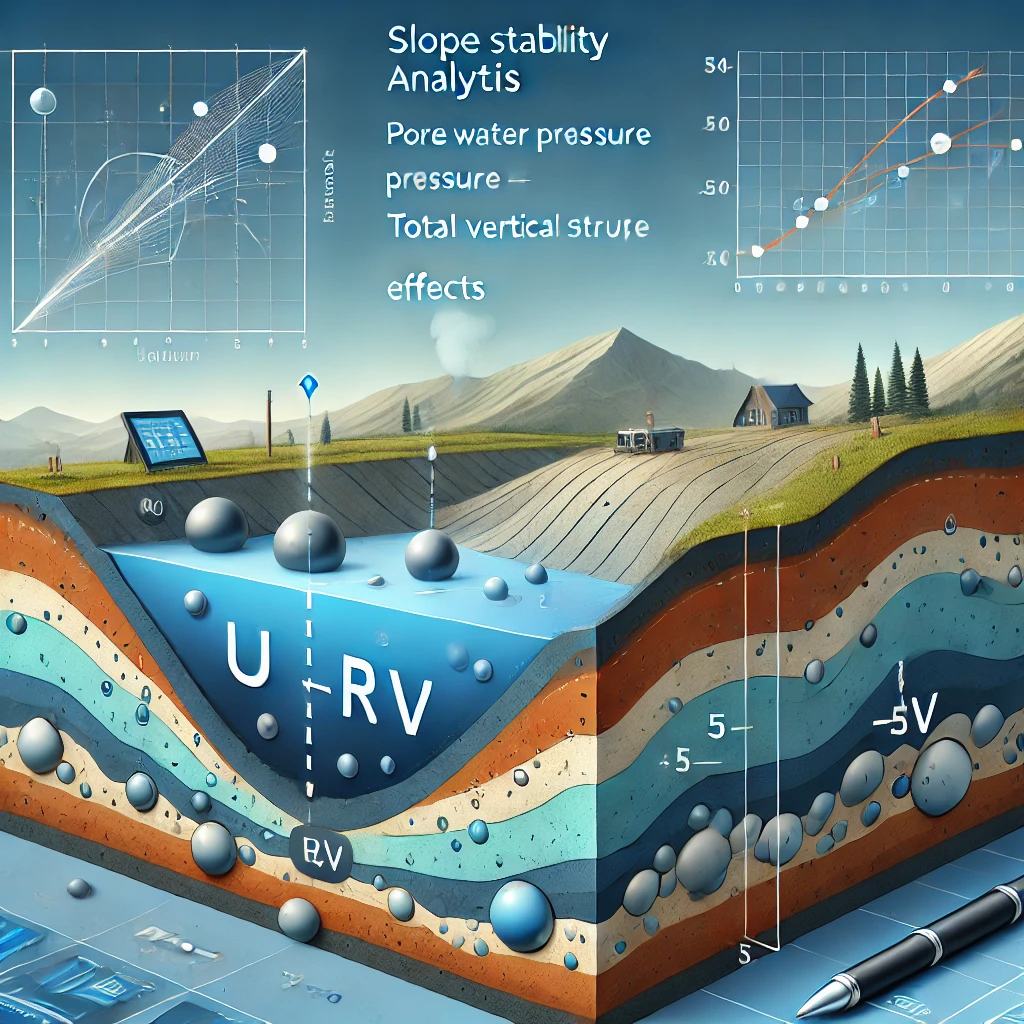Rethinking Seismic Earth Pressure Coefficients in Cantilever Retaining Walls Using GEO5
In geotechnical engineering, the seismic design of cantilever retaining walls is a critical task that requires a balance between safety and cost-effectiveness. Traditional methods, such as the Mononobe-Okabe (M-O) approach, have been the industry standard for estimating seismic earth pressures. However, recent research suggests that geotechnical codes may overestimate the horizontal (kh) and vertical (kv) […]
Rethinking Seismic Earth Pressure Coefficients in Cantilever Retaining Walls Using GEO5 Read More »










